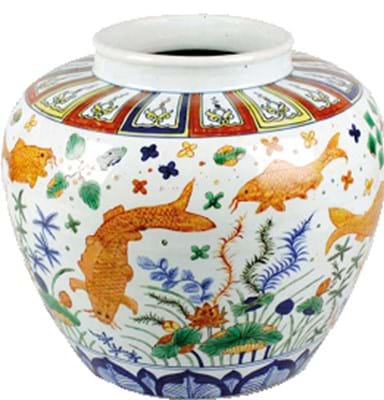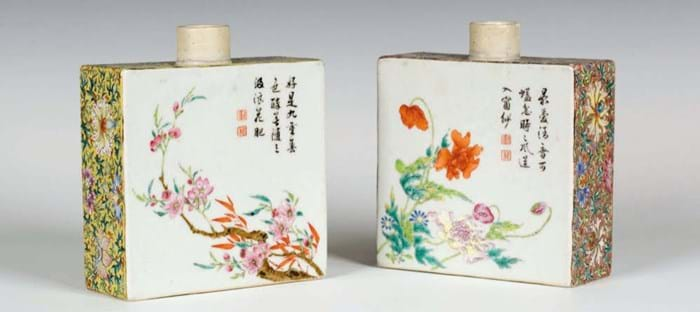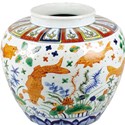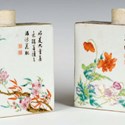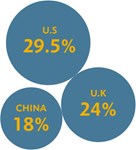Jars of this type (originally made with domed covers) are perhaps the best-known productions from the reign of Jiajing (1522-66) and examples can be found in many important institutional collections.
However, although it showed some signs of age, the auctioneers believed this example to be a 20th century copy – something seemingly supported by the absence of much in the way of provenance.
The stoutly potted 14in (39cm) jar was apparently consigned via a Chinese client with an estimate of £1200-1800.
Specialist Mark Huddleston said: “Initial research when cataloguing had pointed to a number of precedents sold in the hundreds of thousands. However, we felt it lacked the sophistication of early pieces.”
Bidding had opened as predicted at £1000 before quickly spiralling into six figures. The hammer price, bid over the phone, was akin to those realised for Ming wares.
The previous week, West Sussex firm Toovey’s sold a pair of imperial Qing tea caddies for an unexpected £132,000 (plus premium) as part of the firm’s Asian Art sale on February 23.
The pair of famille rose caddies had been spotted on a window sill by a valuer during a routine house call.
While both had repairs to the neck and lacked covers, the decoration chimes perfectly with Chinese taste.
The poems accompanying the painted foliage translate as eulogies to flowers and trees, with the seals suggesting the caddies were produced under supervision of the celebrated ceramicist Tang Ying (1682-1756).


